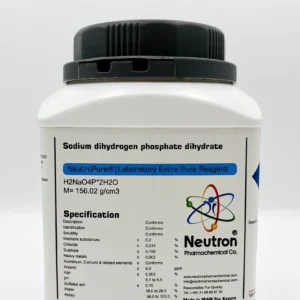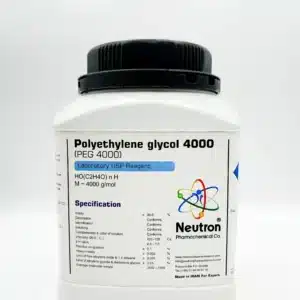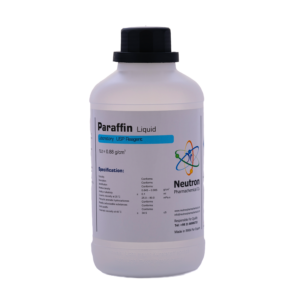سدیم ساخارین دی هیدرات
| Chemical formula | C7H4NNaO3S*2H2O |
| Molar mass | 241.19g/mol |
| HS Code | 29251100 |
| CAS number | 6155-57-3 |
| Storage | Store at +15 to +25°C |
| EC number | 204-886-1 |
| SDS | available |
| RTECS | DE4375000 |
| Odour | oduorless or a faint aromatic |
| Form | solid |
| Color | white |
| p H value | 6.0 – 7.5 (100 g/l 20°C) |
| Solubility in water | 1000 g/l (20°C) |
| Flah point | >200 °C |
| Assay | 98.0 – 101.0 | % | |
| Description | Conforms | ||
| Identification | Conforms | ||
| Appearance of solution | Conforms | ||
| Color of solution | Conforms | ||
| Clarity of solution | Conforms | ||
| Acidity & Alkalinity | Conforms | ||
| Toluenesulfonamides | ≤ | 0/0025 | % |
| Heavy metals | ≤ | 0/001 | % |
| Water | ≤ | 15 | % |
| Benzoate & salicylate | Conforms | ||
| Readily carbonizable substances | Conforms |
Sodium saccharin dihydrate is the hydrated form of sodium saccharin, the sodium salt of saccharin, a synthetic sweetener. Its chemical formula is C₇H₄NNaO₃S·2H₂O. It appears as a white, crystalline powder and is widely used as a non-nutritive sweetener in food, beverages, and pharmaceuticals.
🏭⚗️ Production
Sodium saccharin is synthesized through multi-step chemical processes starting from toluene or anthranilic acid. The final compound is neutralized with sodium hydroxide to form the sodium salt. The dihydrate form is obtained by crystallizing the salt from water under controlled conditions.
🔬 Properties
Sodium saccharin dihydrate is a white, odorless, crystalline solid with an intensely sweet taste—about 300 to 500 times sweeter than sucrose. It is highly soluble in water and stable under heat and a wide range of pH conditions. The compound is non-caloric and not metabolized by the human body.
🧪 Applications
• Food and beverage industry: Used as a sugar substitute in diet soft drinks, tabletop sweeteners, and sugar-free products.
• Pharmaceuticals: Used to mask the taste of bitter drugs in oral medications and chewable tablets.
• Cosmetics and personal care: Occasionally used in toothpaste and mouthwash for flavor enhancement.
• Laboratory use: Serves as a reference sweetener in sensory testing and studies of taste perception.





